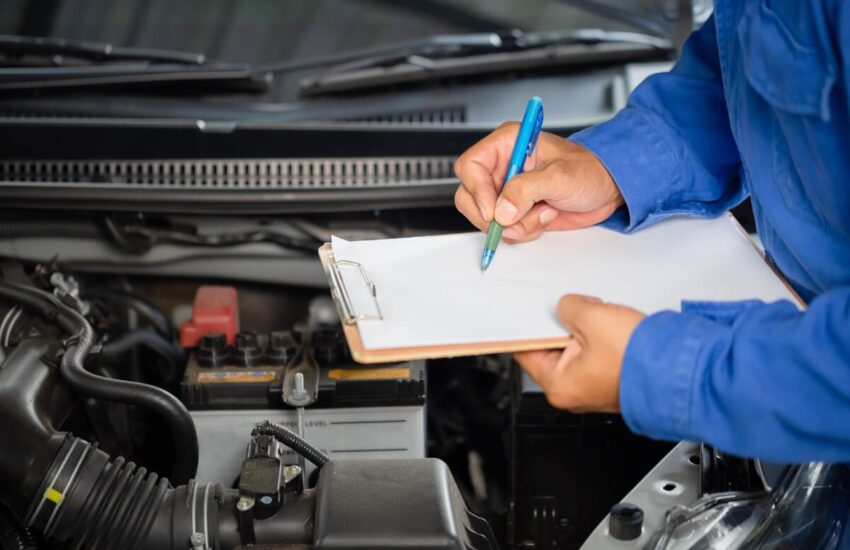Buying a used car can be a smart financial decision, but it comes with its own set of risks. To ensure you’re making a wise investment, it’s crucial to thoroughly inspect the vehicle before making a purchase. Whether you’re buying from a dealership or a private seller, conducting a comprehensive inspection can save you from potential headaches down the road. Here, we’ll explore the key items when inspecting a used car before purchasing it.
Exterior Inspection:
- Check for any signs of rust, dents, or scratches on the body panels. Rust can be a major red flag, especially in older vehicles, as it could indicate structural issues.
- Examine the condition of the tires, looking for uneven wear which may suggest alignment or suspension problems.
- Inspect the headlights, taillights, and turn signals to ensure they are all functioning properly.
- Look underneath the car for any signs of leaks, which could indicate problems with the engine or transmission.
Interior Inspection:
- Test all of the vehicle’s features, including the air conditioning, heating, sound system, power windows, and seat adjustments.
- Check the condition of the seats, carpets, and interior trim for any signs of wear or damage.
- Inspect the odometer to ensure it matches the advertised mileage and hasn’t been tampered with.
- Look for any warning lights on the dashboard, which could indicate issues that need to be addressed.
Mechanical Inspection:
- Start the engine and listen for any unusual noises, such as knocking or ticking, which could signal engine problems.
- Check the transmission by shifting through all the gears, paying attention to any delays or rough shifting.
- Test the brakes by applying them gently while driving at low speeds, then gradually increasing speed to ensure they are responsive.
- Inspect the suspension by bouncing each corner of the car to check for any excessive bouncing or noises.
Under the Hood Inspection:
- Check the oil level and condition, looking for any signs of contamination or excessive wear.
- Inspect the battery for any corrosion or leaks, as well as the condition of the cables and connections.
- Look for any signs of fluid leaks, such as coolant or brake fluid, which could indicate leaks in the radiator or brake lines.
- Check the condition of the belts and hoses for any signs of wear or cracking, as these are essential components for the vehicle’s operation.
Test Drive:
- Take the car for a test drive on a variety of road conditions, including city streets and highways.
- Pay attention to how the car handles, including steering responsiveness and overall smoothness of the ride.
- Test the acceleration and braking performance to ensure they meet your expectations.
- Listen for any unusual noises or vibrations while driving, as these could indicate underlying mechanical issues.
Wrapping It Up
Inspecting a used car before making a purchase is essential to ensure you’re getting a reliable vehicle that meets your needs. By following the steps outlined in this guide, you can identify any potential issues. Remember, it’s always a good idea to have a trusted mechanic inspect the car as well, especially if you’re not familiar with the intricacies of automotive maintenance. With thorough inspection and due diligence, you can drive away confidently in your new-to-you vehicle.
AutoByPayment.com offers accurate estimates of new and used car loan payments based on self-selected credit score, current rebates, down payment, and trade equity or negative equity, without customers having to provide their personal identifying information such as email and phone.
